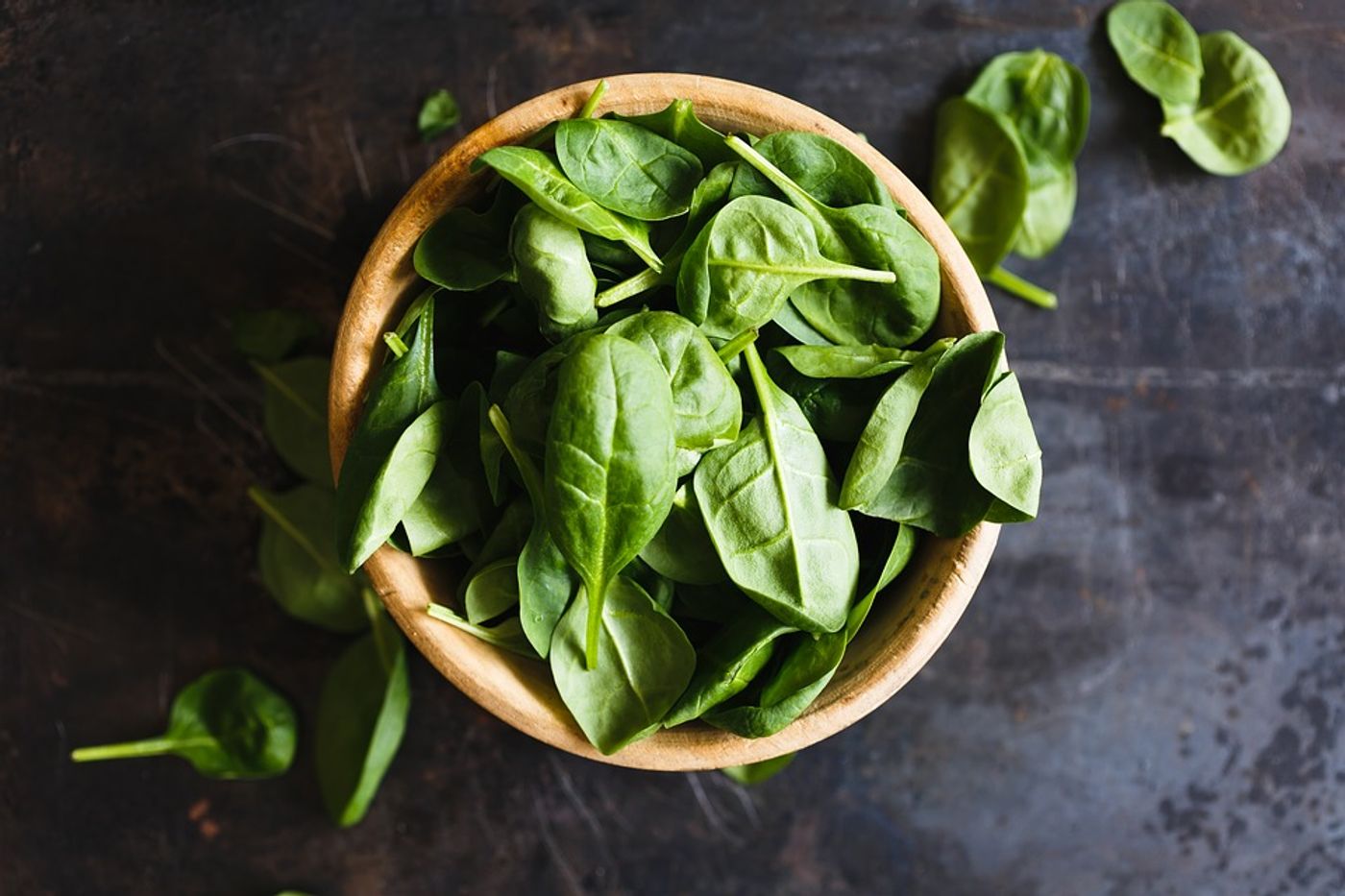We’ve all heard that getting more fiber is good for a healthier gut. Experts in nutrition and the latest national dietary guidelines point to fiber as an important component of overall health. Now a new systematic review highlights fiber’s far-reaching benefits including those to the heart.
The review, as requested by the World Health Organization Nutrition Guidance Expert Advisory Group, sought to find how much fiber people need to consume in order to reap the most significant benefit. The findings, as published in the Lancet, including data from 185 studies and 58 clinical trials for a total of 4635 adult participants.
The studies had asked people about their diets and then followed them for a number of years to record what, if any, health issues they encountered. In some cases, participants were assigned a particular diet type or asked to be part of a control group.
What they found was that the highest of fiber consumers had a 15 to 30 percent lower chance of coronary artery disease, cardiovascular-related mortality, the incidence of stroke and type two diabetes. Additionally, in clinical trials, those with the lowest body weight, systolic blood pressure, and total cholesterol were persons with the highest fiber intake.
It appears that the benefits of fiber consumption were greatest with intake levels between 25 and 29 grams. That’s not far off from the American Heart Association's recommendation of 25-30g of fiber per day. Nor is it distant from the latest dietary guidelines which call for 25g a day for females and 38g a day for males.
Andrew Reynolds, the lead author on the study, adds “Currently, most people consume less than 20g of fiber per day, so being more conscious about using high fiber options will help reach that target.“
Reaching that goal is important because data suggested that higher intakes could protect against cardiovascular diseases, type two diabetes and even some types of cancer.
Researchers discovered similar findings for whole grain consumption but noted that the greatest benefit came from fruit and vegetable fiber sources. Some of the more fiber-rich veggies include Carrots, beets, broccoli, and artichokes. For fruits look to unpeeled apples, bananas, oranges, and strawberries for some delicious fiber-rich options. It’s best to get a variety of fiber sources, so choosing a range of fruits and veggies with a variety of colors and textures can help you to reach your fiber, and nutrition goals.
Fiber intake seems to influence everything from heart disease to some types of cancer and previous studies at pointed out the possible reasons why. Fiber-rich foods tend to quickly satisfy hunger and then suppress that hunger for a longer period after consumption than their low-fiber counterparts.
This can reduce a person's tendency to overeat, and has been shown to reduce the risk of obesity which is a risk factor for heart disease. Fiber also stimulates the production of good bacteria in the gut which protects against colon cancer.
The above video from the American Heart Association covers the best sources of fiber, as well as fiber types. The video also goes into detail about some of the ways we think fiber benefits the body.
Sources: American Heart Association
-
MAY 07, 2024Is It Anti-RNP or Anti-Sm/RNP?
- See More
-
APR 30, 2024Immuno-Oncology Virtual Event Series 2024
-
MAY 07, 20243rd International Biosecurity Virtual Symposium
-
JUN 06, 2024The Future of Scientific Conferencing
- See More



















































